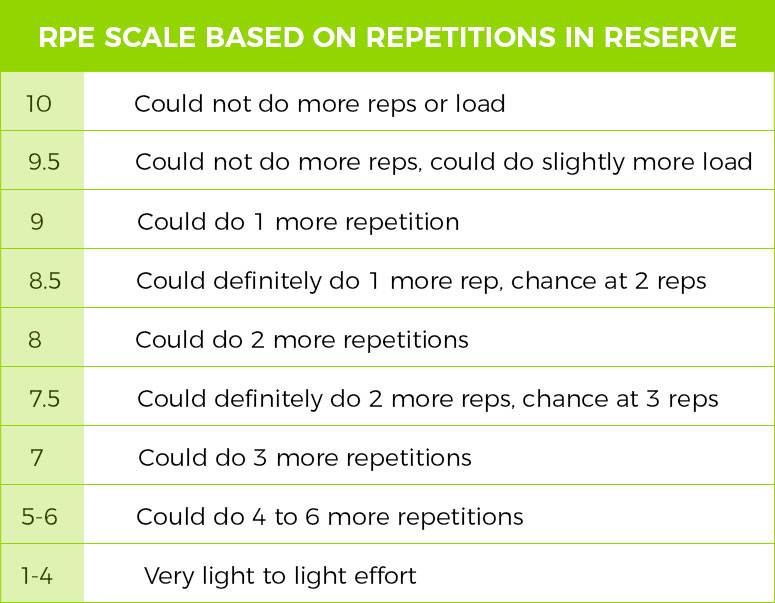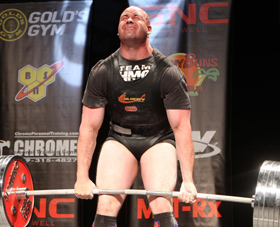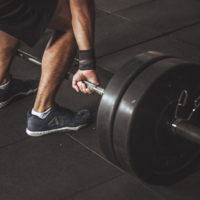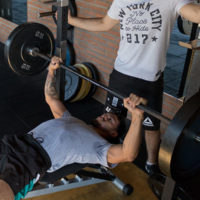The best training sessions come when you’re fully recovered. Former strength & conditioning coach Bryan Dermody shares several areas to consider when trying to optimize your recovery.
Autoregulate Your Training
The general goal of training is to provide the body with a training stimulus consistently high enough to induce some type of physiological adaptation, such as an increase in the size of muscle fibers. However, if the training stimulus is too high over a given period of time, the body will reach a state of overtraining where positive adaptations cease. Avoiding a state of overtraining is often best accomplished by autoregulation: the ongoing self-manipulation of training frequency, volume, and intensity to ensure that the body is able to recover, while still being exposed to a significant training stimulus. Autoregulation allows the athlete to implement a high degree of individual variation within the training program. One simple way to implement autoregulation is through the use of an RPE (rate of perceived exertion) chart.

With the use of a chart such as this, the athlete is now able to adjust the intensity of a given movement based on a myriad of factors (i.e. nutrition, sleep habits, life stress, previous training, etc.), rather than just charging ahead and doing, for example, 80% 1-RM, regardless of how these other variables have factored into their life recently.
Get Your ZZZZZ’s
There is nothing that can positively or negatively affect the health, strength, and performance of the human body like sleep can (or lack thereof). The following suggestions are an example of the many ways athletes can improve their sleep.
- A minimum of 8 hours of sleep per night
- Don’t consume caffeine after 4 pm
- Don’t consume fluids after dinner
- Ensure the bedroom is as dark as possible
- Keep your bedroom between 60-68 degrees
- Avoid screen time two hours before bed
- Use supplements like magnesium glycinate to enhance the quality of sleep.
Nutrition and Supplementation
Most serious athletes know the importance of nutrition and supplementation in terms of their recovery. The most important consideration in this category is lean protein intake. I have done a previous blog on this – read it here. Two additional considerations should be the following:
- Water and electrolytes: I would recommend that competitive lifters consume their bodyweight (kgs.) in water (oz.). For example, a 220-pound lifter would consume 100 oz. of water per day. When it comes to electrolytes, don’t settle for simple table salt. Find an electrolyte mix that contains a complete electrolyte profile (sodium, potassium, chloride, calcium, magnesium, phosphate, bicarbonate).
- myHMB and /or BetaTOR: this is one of the few supplements out there with a lot of quality research behind it. It works by increasing protein synthesis and decreasing protein degradation. This, in turn, allows the athlete to train more frequently, with higher volume and intensity. The cumulative effect of that is significantly higher physiological adaptations.
- myHMB and /or BetaTOR: this is one of the few supplements out there with a lot of quality research behind it. It works by increasing protein synthesis and decreasing protein degradation. This, in turn, allows the athlete to train more frequently, with higher volume and intensity. The cumulative effect of that is significantly higher physiological adaptations.
Recovery Breathing
The body’s sympathetic nervous system is in high use during intense training sessions, and it should be. However, this increases the recovery demands of the body (in particular, of the central nervous system). The quicker the human body can “turn off” the sympathetic nervous system and reconnect with the parasympathetic nervous system after training, the faster it will recover. Recovery breathing can aid this significantly. Here’s how to do it: immediately after your training session lay down with your hips and knees at 90 degrees and your feet resting on a bench. Perform 10 sets of deep nasal breathing into and out of the stomach. These should be performed as slowly as possible. The goal is to get to the point where you can perform this deep nasal breathing taking 10 seconds to breathe in and 10 seconds to breathe out.





